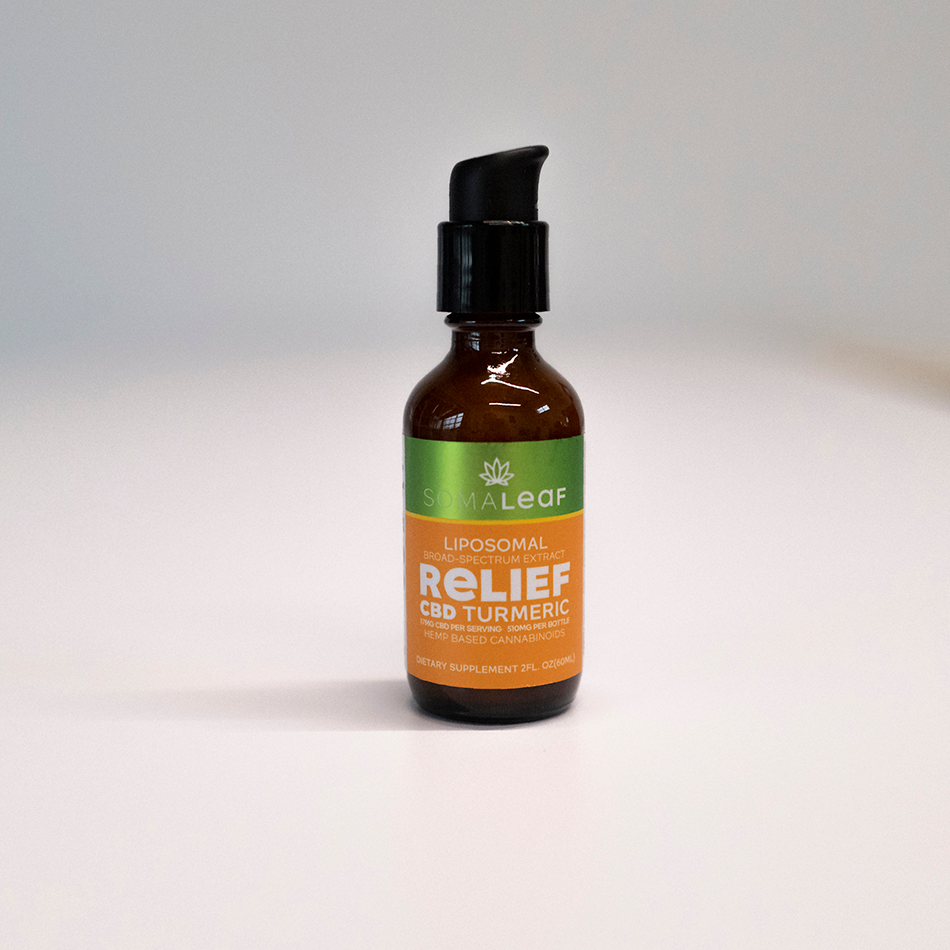If you’re experiencing pain from a condition like rheumatoid arthritis (RA), it can be hard to find the motivation to get moving. But if you’re going to learn to live with such a condition, it’s better to incorporate daily exercise into your routine.
Not only can exercising improve your mood, joint health, muscle health, and overall well-being, research shows that those with RA who exercise experience less pain than RA patients who are sedentary. [1]
It can be hard to live with pain. But finding an exercise that works for you can make things easier.
Here are seven everyday exercises for you to consider adding to your daily routine for pain management.

1. Water-based workouts
Water exercises like swimming or water aerobics can improve the use of affected joints and muscle, reducing pain.
Researchers have found that those with RA experience greater health improvements following hydrotherapy than other exercises. Studies have also shown that RA patients who participate in hydrotherapy have less pain and joint tenderness, along with improved mood and overall well-being. [2, 3]
Most community centers have an indoor pool where you can take classes, get lessons, or just schedule a time to go swimming yourself.
2. Tai chi
Tai chi (or “moving meditation”) is a traditional Chinese martial art that mixes slow and careful movements with mental focus.
Tai chi has been shown to reduce pain and stress within those with RA, along with improving muscle function and stiffness. RA patients who practice tai chi reported feeling better and having a brighter outlook on life. [4]
You can find videos online to help get you started or look for local classes.
3. Biking
Biking is a fun, low-impact exercise that is easier on the joints than many other aerobic exercises.
It’s important to get your heart pumping if you live with pain, especially if it’s causing you to spend a lot of your time being sedentary.
Biking can help maintain cardiovascular health, reduce joint stiffness, and strengthen muscles. Plus, you get the many benefits of exercise!
If you have a bike already, find a nice route through your neighbourhood or local biking group. You can also start on a stationary bike in your home or at the gym.
4. Walking
It may seem so simple, but research shows just a thirty minute walk per day can do wonders for your health and well-being. [5]
It can also help loosen your joints, help reduce pain, and strengthen muscles.
Add a daily walk into your routine or look for ways to fit walking into your life more, like to work, the store, or to social events.
5. Yoga
Yoga has been shown to reduce pain in those with conditions such as RA.
Studies have shown that those who practice yoga show an improvement in pain and mood, as well as reduced swelling in the joints. [6, 7]
Yoga can also help improve flexibility and range of motion.
Look for a local class or online videos to get you started and see how yoga works for you!

6. General stretching
Stretching in general can be beneficial for pain. What you stretch will depend on what type of pain you’re experiencing, but if you have RA, try stretching the muscles of your arms, back, hips, the front and back of your thighs, and calves.
Finger curling, mild wrist bending, and thumb stretching can help as well.
7. Strength training
If you’re experiencing pain which is making it difficult for you to get moving, your muscles will likely weaken over time. This can worsen some forms of discomfort, like joint pain.
Because stronger muscles better support your joints and any other exercises you may do, strength training can help decrease pain and get you more active.
Try lifting weights a few times a week at home, starting with whichever weight matches your comfort. You can also try resistance bands.
Talk to your doctor or even a personal trainer about which muscle workouts might benefit you the most.
Finding what’s right for you
Depending on your condition and severity of pain, some of these workouts may be harder than others.
Find what works for you and keep at it. Even if it feels like a walk around the neighborhood isn’t doing much, don’t discount the benefits!
It may be best to consult your doctor and get their advice on which exercises would work best for your specific condition.

Other ways for relief
We don’t call our CBD tincture “RELIEF” for no reason.
Our formula is designed to provide you relief from joint and muscle aches…
Stressful days…
And sleepless nights.
Not only has CBD been shown to help provide relief to those in discomfort… [8]
So has turmeric! [9]
Our tincture also includes something else you won’t find in other CBD formulas…
>>> Click here to see what it is
References and Resources:
- https://www.rheumatology.org/I-Am-A/Patient-Caregiver/Diseases-Conditions/Living-Well-with-Rheumatic-Disease/Exercise-and-Arthritis
- https://www.cdc.gov/healthywater/swimming/swimmers/health_benefits_water_exercise.html
- https://onlinelibrary.wiley.com/doi/full/10.1002/msc.1028
- https://onlinelibrary.wiley.com/doi/abs/10.1111/jocn.12327
- https://bjsm.bmj.com/content/49/11/710.full?g=w_bjsm_open_tab
- https://journals.lww.com/clinicalpain/pages/articleviewer.aspx?year=2013&issue=11000&article=00011&type=abstract
- https://www.jhsph.edu/research/centers-and-institutes/johns-hopkins-center-for-mind-body-research/research/
- https://www.sciencedaily.com/releases/2021/04/210423130221.htm
- https://www.ncbi.nlm.nih.gov/pmc/articles/PMC5003001/





